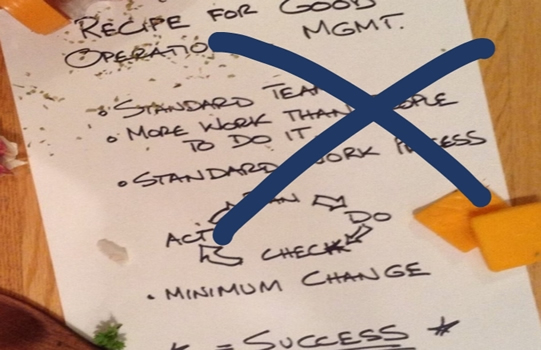
In most operating environments — no matter whether you’re producing electricity, running a subway system or producing widgets — the object is to streamline production and minimize change. Business schools will tell you it is better to run a little lean with your staff than to have too many people. The rationale? Individuals without a lot to do create bureaucracy, whereas those who have too much on their plates will work to streamline the process.
However, this is exactly the wrong approach to take when launching a big project. Time after time, operating companies and organizations fall into this same trap. As a result, they starve the project of the up-front preparation and alignment necessary for eventual success.
The beginning of any large project demands a tremendous volume of work. Scope development, stakeholder alignment; infrastructure, procedures, tools and systems all have to be developed and implemented. An organization that has clear lines of responsibility and built in accountability to cover every aspect of project delivery, needs to be set-up. These foundational activities may not be immediately clear to people unfamiliar with implementing new projects, but they are of paramount importance to the project’s eventual success.
After the decision to launch a project is made, executives managing an operating company are often loath to make any big changes or hire significant numbers of people too quickly. They reason that it’s easier to back out of the decision or to change course that way. However, the same lack of commitment that the leaders view as minimizing risk, is in fact holding the project back from success — in many cases dooming it to mediocrity, and possibly failure.
The culture of an operating environment is one of iterative, measured change and continuous improvement. Organizations are in business for the long term, and dramatic changes add stress and increase the possibility of failure. However, projects have a beginning, a middle and an end. Their culture is one of constant change. There are budgets and schedules and commitments that all the stakeholders are counting on. The project team environment is a series of decisions, actions and activity that are required today, so tomorrow’s work can build on it. In this environment, putting things off for another day isn’t an option.
Hedging the decision to deliver a new project by slowing the early work and limiting the initial project set up team, is a mistake too often made by operating companies. Instead, the executive’s best recipe for a successful project is a strong, unwavering commitment and an early push to get all the right people and processes in place.
There is no substitute.